Having celebrated its 100th anniversary last year, Mazda has rightfully earned its reputation as a maker of fun-to-drive, sensuously styled, and increasingly luxurious cars and SUVs. Its illustrious lineup of world-beating sports cars and sedans have become icons over the decades, but I’ll be focusing on the brand’s relatively more recent range of crossovers and SUVs.
It’s only been in the last 15 years that the global SUV-crossover phenomenon has really kicked in, so I take a look back to chart Mazda’s story in this burgeoning segment. Like most SUV/crossover manufacturers, Mazda’s early 4×4 vehicles were utilitarian in nature and very much all-wheel drive workhorses. And like many SUVs, these originated from America’s long-standing love affair with off-roaders. It’s no surprise then that Mazda launched a 4×4 vehicle for the US market in 1991. The Mazda Navajo was fundamentally a rebranded Ford Explorer Sport and was built in Kentucky. Sold exclusively in the US, it was a 2-door, 4-wheel drive SUV powered by a 4.0-liter gasoline V6.
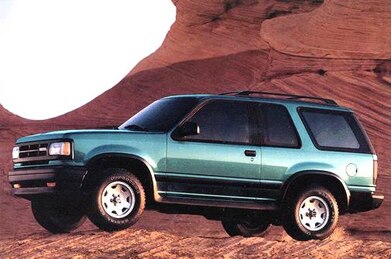
As the 21st century arrived, Mazda launched its first true crossover: the Mazda Tribute. Jointly developed with then shareholder Ford, the Tribute was based on the Mazda 626 and formed the basis for the Ford Escape. Both cars made their public debut in 2000, with the Tribute revealed at that year’s LA Auto Show. Mazda Tributes were produced from Missouri to Hiroshima and even in Sta. Rosa, Laguna. The Tribute was Mazda’s first SUV in the Philippines and it arrived here in 2001 with a choice of a 2.0-liter inline-4 or 3.0-liter V6 petrol engines.
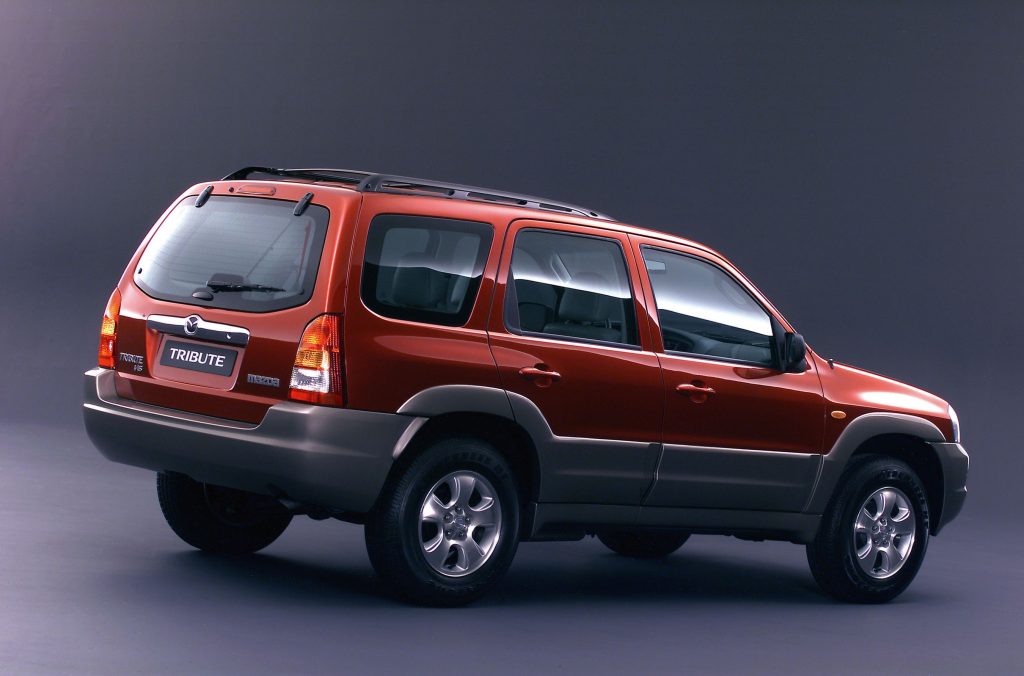
By 2007 Mazda was already fully embracing the explosion of global SUV sales with the launch of the first-generation CX-9 in 2007. A sporty-looking full-size SUV with sleek lines, prominent wheel arches and a bold grille, it was the first Mazda SUV that freely expressed the company’s new design language and its legendary focus on driving dynamics.
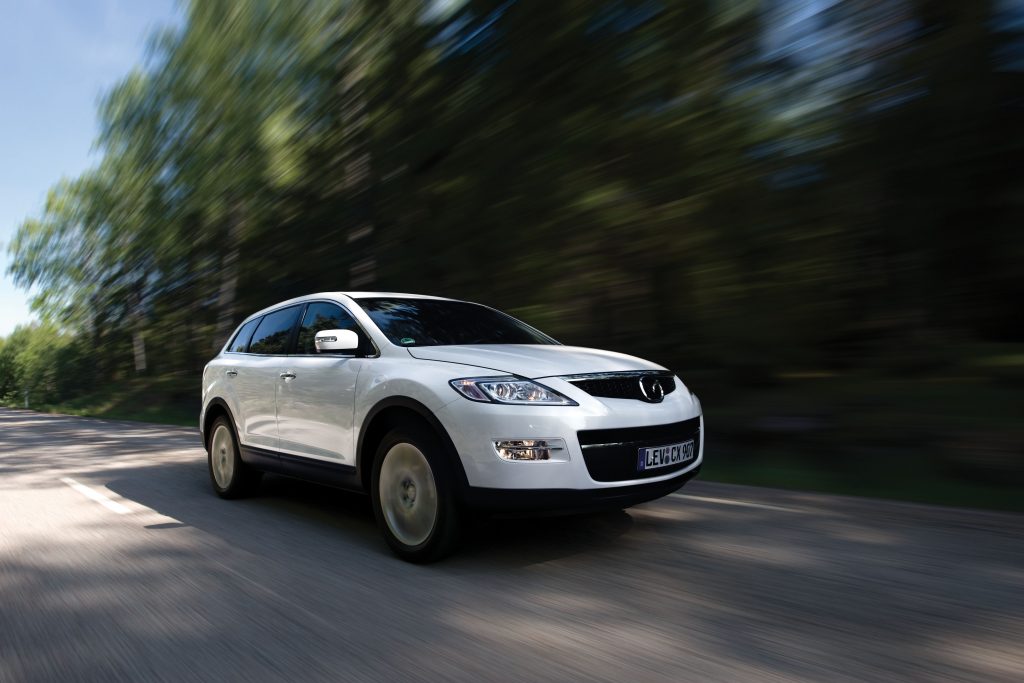
Also in 2007 an equally stunning Mazda SUV had arrived. The compact Mazda CX-7 was unlike any all-wheel drive vehicle to have worn a Mazda badge before. Like the CX-9 it was designed by Moray Cullum, and this was an SUV that could attract customers on style alone. It was praised for its sharp car-like handling and slick drivetrain.
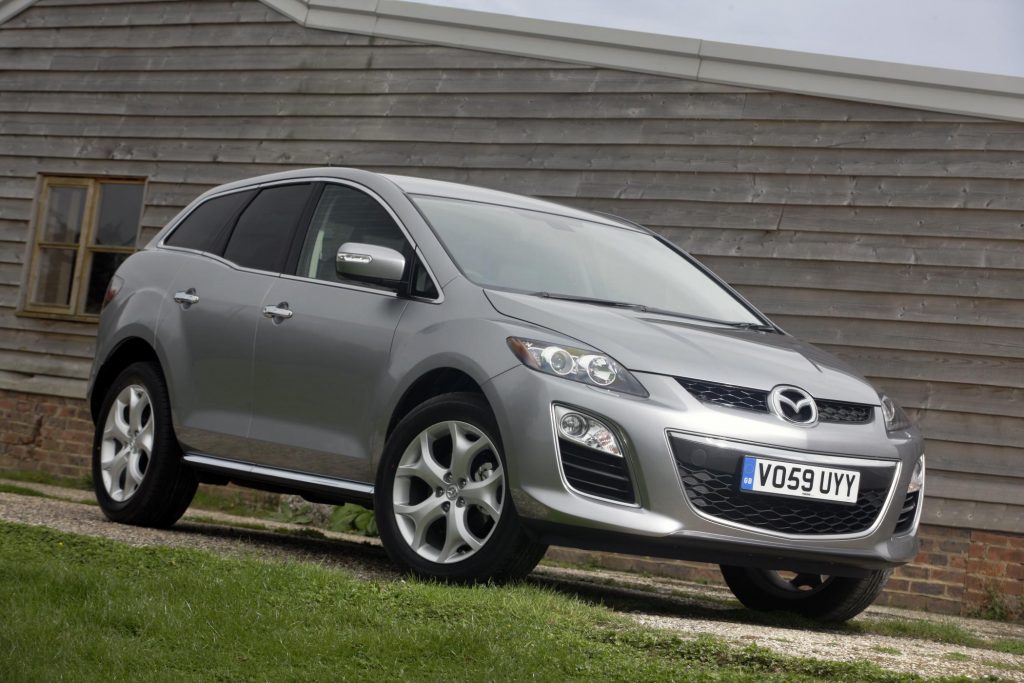
However, the launch of Mazda’s third CX series model will change all that, as it arrived just in time to capitalize on the boom in sporty off-roaders. A groundbreaking car for Mazda, the CX-5 was the first car to feature SKYACTIV Technology and the first to feature the now-iconic Kodo design. The first of a new generation of Mazdas, the 2012 CX-5 featured all of Mazda’s latest engine, chassis and transmission technology, plus a huge leap forward in cabin quality and overall desirability. Praised by media and owners alike, it was powered by 2.2-liter SKYACTIV-D diesel and 2.0-liter SKYACTIV-G petrol engines with both all- and front-wheel drive versions. A truly global model, it was named 2012 Japan Car of the Year and became a crucially timed success story for Mazda in all key markets. Substantial updates in 2014 kept the CX-5 at the top its game, before the second-generation was revealed at the 2016 LA Auto Show.
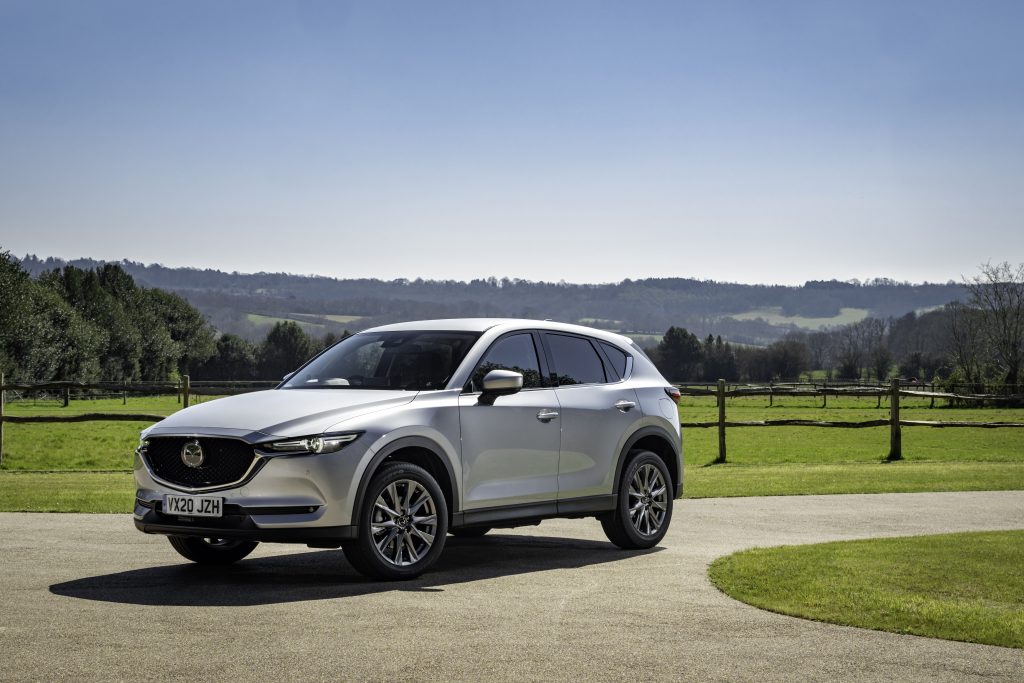
To this day, the CX-5 has continually evolved to offer ever-improving refinement, interior quality, equipment and technology. It continues to be a hugely popular SUV and is a crucial player in Mazda’s global SUV lineup.
As demand for crossovers spread to a wider range of different-sized vehicles, the CX-5 was joined by the smaller Mazda CX-3 in 2015. Sharing its platform with the Mazda2 but powered by a strong 2.0-liter SKYACTIV engine, the CX-3’s sporty styling, premium feel and sharp handling set it apart from many crossover rivals. It offered a choice of front- and all-wheel drive. The diminutive CX-3, which I consider the closest crossover to an MX-5/Miata in terms of size and driving dynamics, was a sales success around the world and remains a key model in Mazda’s global SUV line. The second-generation CX-9, meanwhile, was launched in 2016 and delivered new levels of refinement, equipment and premium quality to Mazda’s flagship SUV.
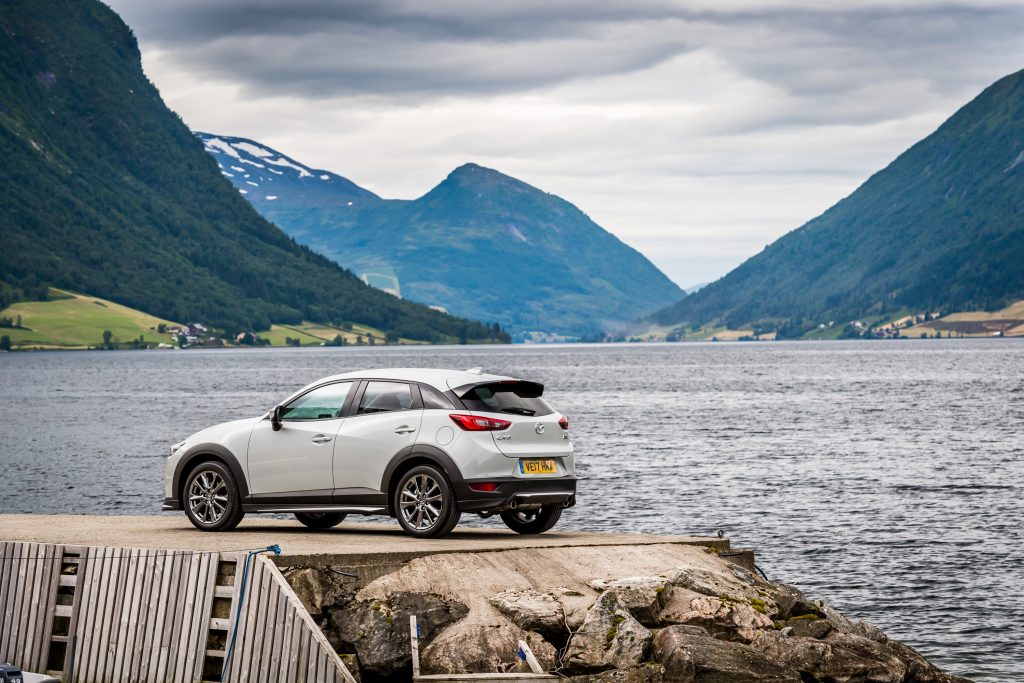
A little over three years ago, a unique Mazda crossover made its Japan debut. The Mazda CX-8, which comes as a 7-seater or an executive-class 6-seater, received 12,000 orders in the first few weeks on sale in its home market, where the CX-8’s combination of versatility, luxury and Kodo design proved irresistible for a new class of crossover buyers.
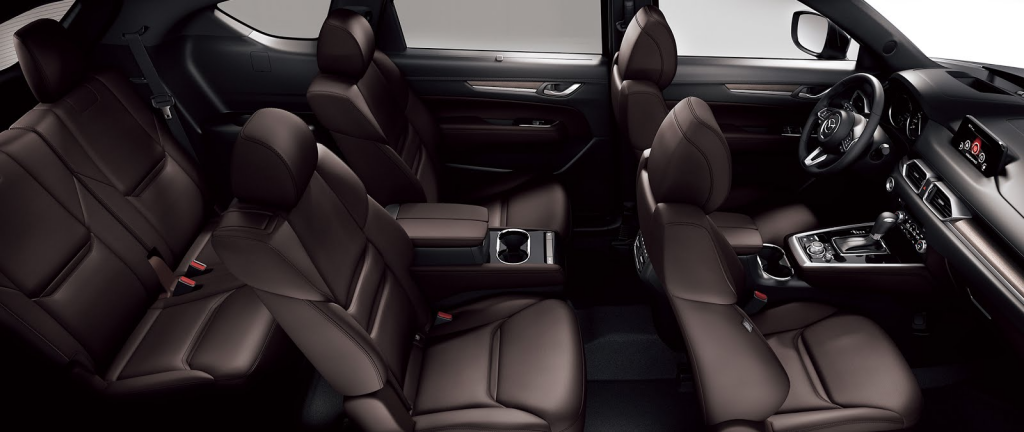
The latest in Mazda’s illustrious CX series of crossovers is the head-turning CX-30. Launched in 2019, it slots into a new crossover segment for Mazda, and following the Mazda3 is the second model in the company’s next-generation lineup and the second to feature the groundbreaking SKYACTIV-X spark-controlled compression ignition engine. Combining the bold stance of an SUV with the sleek profile of a coupe, the CX-30’s cabin, technology and quality sets new standards for a Mazda SUV.
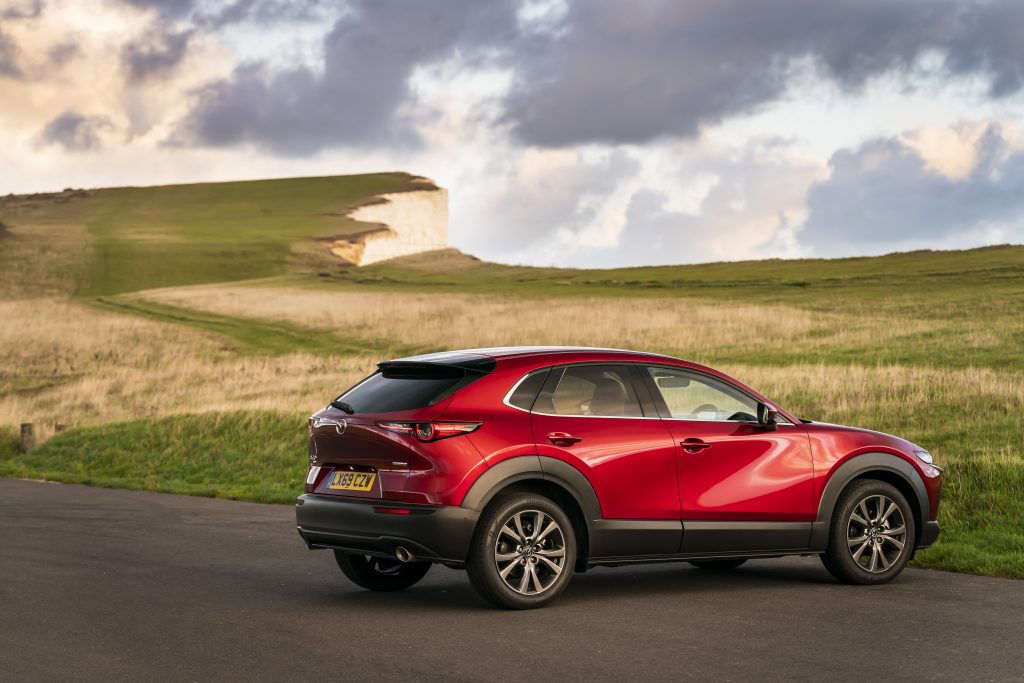
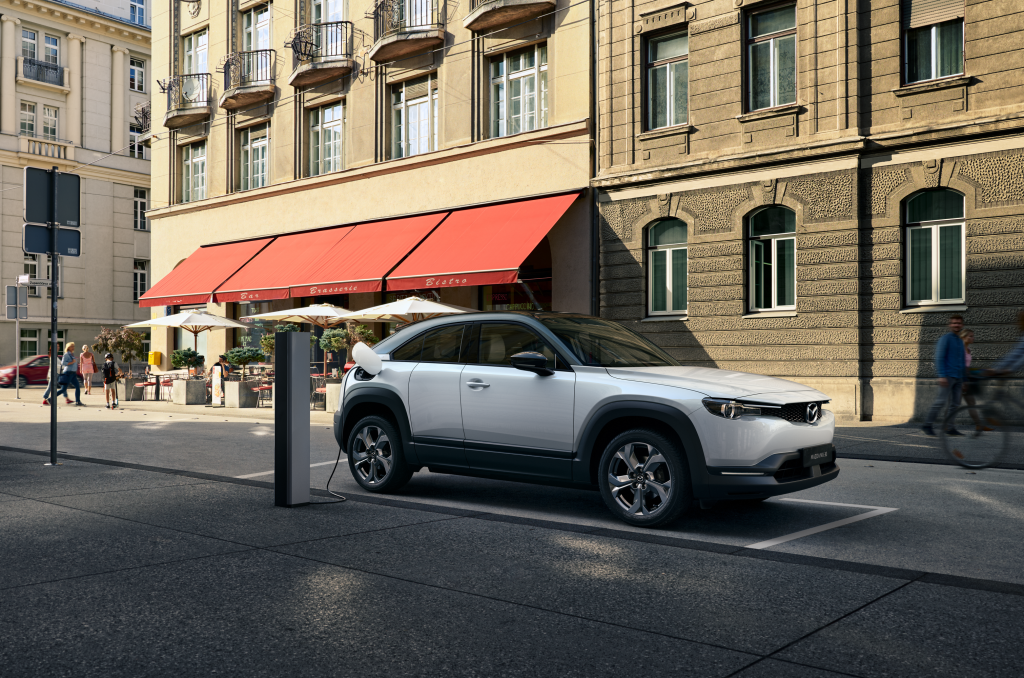
What’s next? Perhaps the game-changing Mazda MX-30? It’s Hiroshima’s first-ever all-electric model (although it’ll come also as a plug-in hybrid). And it’s a veritable rolling work of art—and one which will roll into major markets this year. One thing’s for sure: As Mazda heads into its second century, a steady stream of stylish, great-to-drive, and ever more efficient premium SUVs will continue to play an enormous part in the company’s future.

